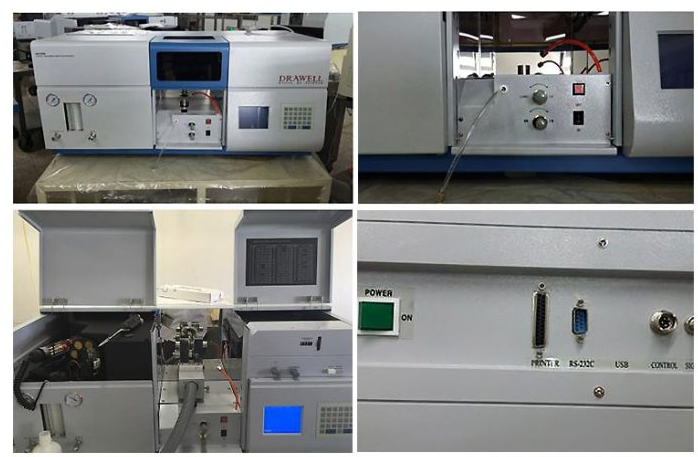Power of Atomic Absorption Spectrometer: Applications and Benefits
In the realm of analytical chemistry, the atomic absorption spectrometer (AAS) has emerged as an invaluable tool, enabling scientists and researchers to determine the elemental composition of a wide range of samples with exceptional precision. This article explores the fundamentals of AAS and delves into its versatile applications across various fields, highlighting its significance in unraveling the mysteries of matter at the atomic level.
1. Understanding Atomic Absorption Spectrometer:
The atomic absorption spectrometer is a sophisticated instrument designed to measure the absorption of specific wavelengths of light by atoms in a sample. It operates on the principle of atomic absorption spectroscopy, which relies on the unique electronic transitions that occur when atoms absorb light energy. By analyzing the absorption pattern, scientists can quantitatively determine the concentration of specific elements in a sample.
2. Key Components and Working Principle:
An AAS typically consists of a hollow cathode lamp that emits light at the specific wavelength corresponding to the element of interest, a monochromator to isolate the desired wavelength, a sample introduction system, and a detector. The sample is introduced into the instrument, where it undergoes atomization through various techniques such as flame, graphite furnace, or cold vapor generation. The atoms then absorb light at the specific wavelength, and the detector measures the decrease in light intensity, enabling the determination of the element's concentration.
3. Applications in Analytical Chemistry:
Environmental Analysis:
AAS plays a vital role in environmental analysis, enabling the detection and quantification of heavy metals, such as lead, mercury, and cadmium, in soil, water, and air samples. This application aids in monitoring pollution levels, assessing the impact of industrial activities, and ensuring compliance with regulatory standards.
Pharmaceutical and Clinical Analysis:
AAS finds extensive use in pharmaceutical and clinical laboratories for elemental analysis. It helps in assessing the concentration of essential trace elements and toxic heavy metals in medications, nutritional supplements, and biological samples. This knowledge contributes to quality control, therapeutic drug monitoring, and understanding the effects of elements on human health.
Geological and Mining Studies:
In geology and mining, AAS facilitates the analysis of geological samples, such as rocks, ores, and sediments, to determine the presence and concentration of valuable elements like gold, silver, and copper. This information is crucial for resource exploration, mining operations, and evaluating the economic viability of mineral deposits.
Agricultural and Food Analysis:
AAS plays a vital role in agricultural and food analysis by assessing the levels of essential nutrients, such as iron, zinc, and calcium, in crops, soil, and food products. It aids in monitoring soil fertility, assessing nutritional value, and ensuring food safety by detecting harmful elements, including arsenic, cadmium, and lead.
4. Advantages of Atomic Absorption Spectrometer:
High Sensitivity and Selectivity: AAS can detect elements at trace levels, often down to parts per billion or even parts per trillion, ensuring precise and accurate measurements.
Wide Analytical Range: It can analyze a broad range of elements, from alkali metals to heavy metals, allowing comprehensive elemental analysis.
Robustness and Reliability: AAS instruments are known for their durability, stability, and reproducibility, ensuring consistent and dependable results.
Cost-Effectiveness: Compared to other elemental analysis techniques, AAS offers a relatively affordable option for routine elemental analysis.
The atomic absorption spectrometer serves as an indispensable tool in various scientific disciplines, providing insights into the elemental composition of samples across diverse applications. Its ability to detect and quantify elements with exceptional precision and sensitivity has revolutionized research, monitoring, and quality control processes. As technology advances, the AAS continues to evolve, enabling scientists to explore new frontiers and unlock a deeper understanding of the building blocks of matter.
